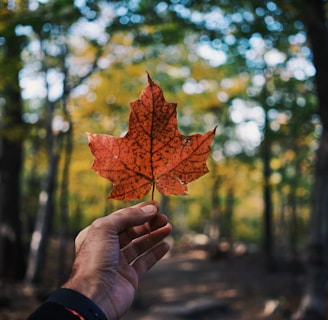Land Rights of Indigenous Peoples in Canada
CANADA
12/8/20242 min oku


The land rights of Indigenous peoples in Canada represent a crucial intersection of constitutional protections and international human rights standards. Over time, these rights have evolved into one of the most significant areas of modern Canadian law. This blog explores the constitutional framework, key court decisions, and the international dimensions of Indigenous land rights in Canada.
Historical Background
The recognition of Indigenous land rights in Canada dates back to the Royal Proclamation of 1763, which acknowledged Indigenous peoples’ ownership of their lands. However, this acknowledgment was often ignored in practice, especially during the 19th century, when lands were taken over by the government for industrial and economic development.
Constitutional Protections for Indigenous Rights
The Constitution Act, 1982, marked a turning point by formally safeguarding Indigenous rights:
Section 35 of the Constitution Act:
This section recognizes and affirms the existing rights of Indigenous peoples, including their traditional land rights.“The existing aboriginal and treaty rights of the Aboriginal peoples of Canada are hereby recognized and affirmed.”
This protection includes the right to use, control, and access natural resources on traditional territories.
Key Supreme Court Decisions
Several landmark rulings by the Supreme Court of Canada have shaped the legal framework for Indigenous land rights:
a. Calder v. British Columbia (1973)
This case was the first to recognize that Indigenous land rights have a legal basis within Canadian law. Although the decision was split, it laid the groundwork for future rulings.
b. Delgamuukw v. British Columbia (1997)
In this case, the Supreme Court clarified the scope of Indigenous land rights, concluding that:
These rights include ownership and management of traditional lands.
The rights are based on historical use and customs of Indigenous peoples.
The government must consult Indigenous communities and provide compensation before infringing on their rights.
c. Tsilhqot’in Nation v. British Columbia (2014)
This landmark case was the first to grant a specific Indigenous community legal ownership of its traditional land. The court held that:
Indigenous land rights arise from the continuous and traditional use of the land.
Governments cannot use Indigenous lands without consent or valid legal justification.
International Context and Canada’s Obligations
Canada is a signatory to the United Nations Declaration on the Rights of Indigenous Peoples (UNDRIP), adopted in 2007. UNDRIP recognizes Indigenous peoples’ rights to self-determination and their traditional lands. In 2021, Canada passed the UNDRIP Act, committing to align its laws with the principles of the declaration.
Ongoing Challenges and Potential Solutions
Despite significant progress, challenges remain in implementing Indigenous land rights in Canada:
Natural Resource Projects:
Large-scale projects such as pipelines and mining operations often conflict with Indigenous land rights, leading to prolonged legal disputes.Consultation Processes:
The government’s duty to consult Indigenous communities is frequently criticized for being insufficient or perfunctory.
Proposed Solutions:
Actively involve Indigenous communities in decision-making processes.
Strengthen consultation and compensation mechanisms to comply with constitutional and judicial standards.
Canada has made notable strides in recognizing and protecting Indigenous land rights, setting a precedent for other nations. However, the path forward requires continued commitment to meaningful dialogue, effective legal frameworks, and policies that address the persistent challenges faced by Indigenous communities.
Indigenous land rights are not just a legal issue—they represent a critical step toward justice, reconciliation, and sustainability on a global scale.
